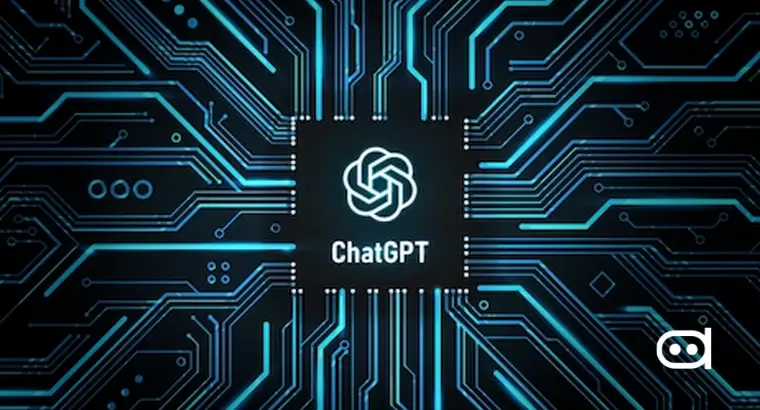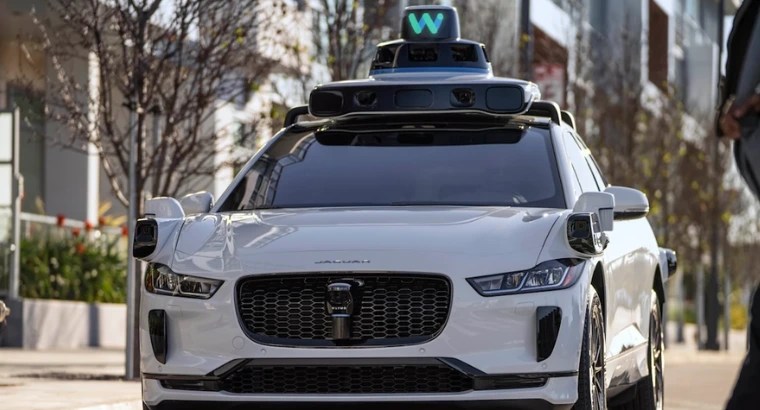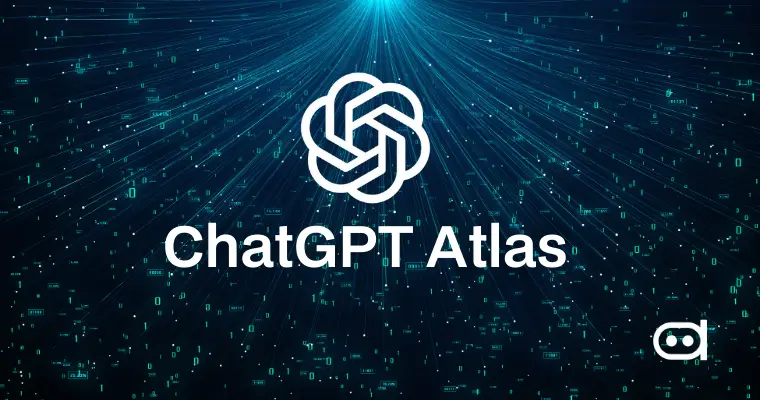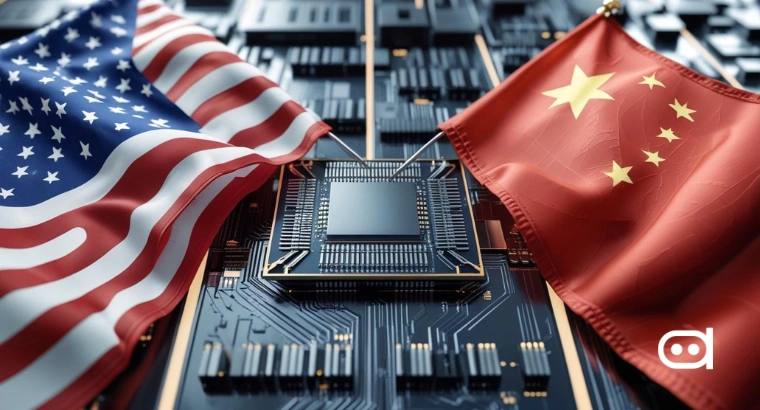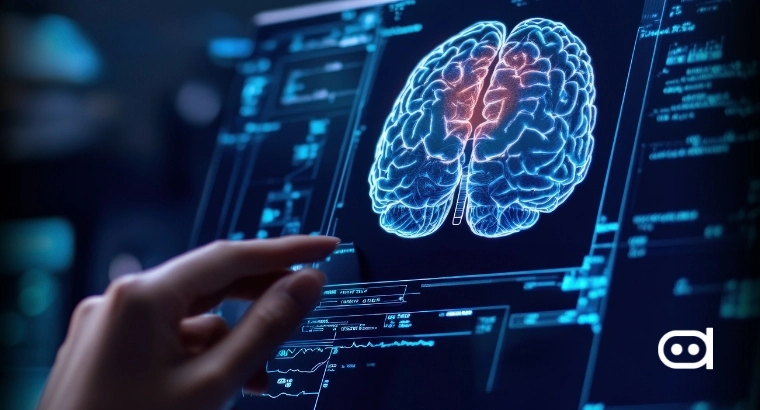
- Merge Labs seeks $250M funding at $850M valuation with OpenAI backing
- Brain-computer interface market heats up as AI advances enable new applications
In order to directly compete with Elon Musk’s Neuralink in the market for brain-computer interfaces, OpenAI and co-founder Sam Altman are getting ready to invest in Merge Labs.
According to those familiar with the preparations, the new business is gathering $250 million at a value of $850 million, with a large portion of the funding coming from OpenAI’s ventures team.
Altman will co-found Merge Labs alongside Alex Blania, who currently runs World, an eyeball-scanning digital identity project also backed by the OpenAI chief.
While Altman will help launch the project, he won’t take a day-to-day operational role in the new company. The investment intensifies the rivalry between Altman and Musk, who co-founded OpenAI before departing the board in 2018 amid disagreements.
Strategic Competition Targets Human-Machine Integration
Merge Labs takes its name from Silicon Valley’s concept of “the merge,” describing the eventual convergence of human and machine intelligence.
Altman explored this topic extensively in a 2017 blog post, speculating that such integration could occur as early as 2025. This year, he suggested recent technological advances could soon enable “high-bandwidth brain-computer interfaces.”
Recent progress in AI and electronic components for collecting brain signals has made these technologies more viable for commercial applications.
Neuralink, founded by Musk in 2016, currently leads the brain-computer interface sector after raising $650 million at a $9 billion valuation earlier this year.
The company attracts backing from prominent investors including Sequoia Capital, Thrive Capital, and Vy Capital, establishing it as the market leader.
Market Competition Intensifies Across Multiple Fronts
The Merge Labs investment extends Altman’s broader rivalry with Musk beyond their artificial intelligence competition.
Musk launched his own AI startup, xAI, in 2023 and has been attempting to block OpenAI’s conversion from non-profit status through court challenges. Musk provided much of OpenAI’s initial funding before their relationship deteriorated.
Several startups including Precision Neuroscience and Synchron are racing to catch up with Neuralink’s technological lead.
The competitive landscape has intensified as brain implant technology, which has existed for decades, becomes more practically useful through AI integration.
Before the founders’ relationship broke, Altman had already invested in Neuralink; therefore, Merge Labs was a direct threat to his earlier investment.
The new business wants to set itself apart by utilizing OpenAI’s resources and experience in artificial intelligence.
Funding Structure Supports Ambitious Development Goals
Although talks are still in the early stages, Merge Labs’ $250 million fundraising round will be mostly provided by OpenAI’s ventures team.
Despite being a co-founder, Altman will not make a personal investment in the business to keep his own money apart from OpenAI’s venture capital endeavors.
The $850 million valuation places Merge Labs among the most valuable brain-computer interface startups, though still below Neuralink’s $9 billion assessment.
The funding will support research and development efforts to create competitive brain-computer interface products.
Altman has diversified his investments across markets adjacent to OpenAI’s core business, including nuclear fission company Oklo and nuclear fusion project Helion. These investments position him across multiple frontier technology sectors beyond artificial intelligence.
Technology Convergence Drives Market Opportunity
Recent advances in artificial intelligence and brain signal collection electronics have accelerated brain-computer interface development timelines.
Companies can now process neural signals more effectively and provide more intuitive user experiences through AI integration.
The market opportunity extends beyond medical applications to include enhanced human cognitive capabilities and direct brain-to-computer communication.
Altman’s previous writings suggest he views brain-computer interfaces as essential for human competitiveness alongside advanced AI systems.

